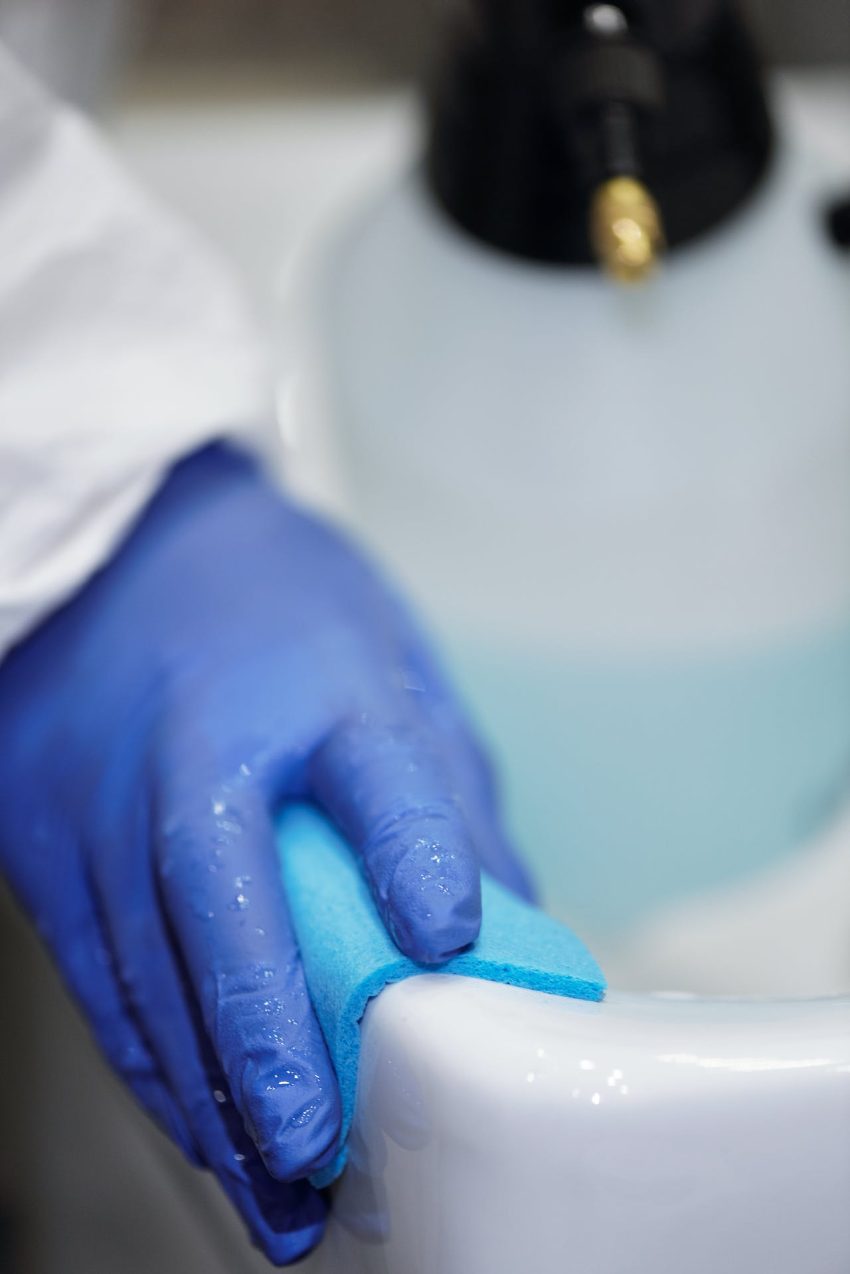In the world of household maintenance, a broken cleaning machine can quickly turn into a nightmare. But fear not! We’re here to guide you through the process of DIY cleaning machines repairs. Whether it’s your trusty vacuum cleaner, washing machine, or dishwasher, with a bit of knowledge and some basic tools, you can often fix these issues yourself.
In the world of household maintenance, a broken cleaning machine can quickly turn into a nightmare. But fear not! We’re here to guide you through the process of DIY cleaning machines repairs. Whether it’s your trusty vacuum cleaner, washing machine, or dishwasher, with a bit of knowledge and some basic tools, you can often fix these issues yourself.
Identifying the Problem
The first step in any repair job is to identify the problem. This step is crucial as it determines the course of action you need to take. Here are some common issues you might encounter with cleaning machines:
1. No Power
If your cleaning machine isn’t turning on, it could be due to a faulty power cord, plug, or outlet. Start by checking these components for any visible damage. If you find any issues, replace the damaged parts.
2. Strange Noises
Unusual noises during operation can indicate various problems. For instance, a grinding noise in your vacuum cleaner may mean that something is stuck in the brush roll. Carefully disassemble the machine and remove any obstructions.
3. Leaks
If your washing machine or dishwasher is leaking, it’s essential to locate the source of the leak. Leaks can often be attributed to damaged hoses, seals, or gaskets. Inspect these parts and replace them if necessary.
4. Poor Performance
When your cleaning machine isn’t cleaning as effectively as it used to, it may need a good maintenance check. Clean or replace filters, brushes, and other components as per the manufacturer’s recommendations.
Gather Your Tools
Before diving into the repair process, ensure you have the necessary tools at hand. Some common tools for cleaning machine repairs include:
- Screwdrivers
- Pliers
- Wrenches
- Replacement parts (if required)
- Cleaning materials
Safety First
Always prioritize safety when working on any electrical appliance. Ensure the machine is unplugged before attempting any repairs, and if you’re uncertain about anything, it’s best to consult a professional.
Step-by-Step Repair
Now, let’s walk through a general step-by-step repair process:
- Unplug the Machine: Safety first! Disconnect the machine from the power source.
- Open the Machine: Depending on the issue, you may need to open the machine’s casing to access the internal components.
- Inspect and Identify: Examine the parts and identify the problem as discussed earlier.
- Replace or Repair: If you’ve identified a faulty component, either repair it (if possible) or replace it with a new one. Be sure to follow the manufacturer’s guidelines for replacement parts.
- Clean and Maintain: While you have the machine open, take the opportunity to clean and maintain other components, such as filters, belts, or brushes.
- Reassemble: Carefully put the machine back together, ensuring all components are in their proper places.
- Test Run: Plug the machine back in and test it to ensure the issue is resolved.
Conclusion
In conclusion, DIY cleaning machine repairs are indeed manageable with the right knowledge and tools. By identifying the problem, taking the necessary safety precautions, and following a systematic repair process, you can save time and money while keeping your deep house cleaning appliances in top shape. Remember that not all issues can be fixed at home, and if you’re ever unsure about a repair, it’s best to consult a professional technician. Happy repairing!

